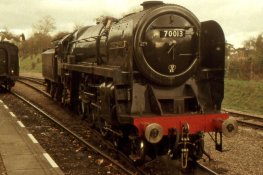Adrian Bacon
Subscriber
That is one quirk of Adobe software I find annoying.
I actually use the subscription PhotoShop/Lightroom combination and there are some tasks which are just so much easier to do in one program and seem to work quite differently from the process in the other. In fact Lightroom Classic, the desktop version I use most, looks a lot like Lightroom, the web based version, but many functions are different. I really miss the levels control in LR, and frequently pass my scans images through PS for levels adjustments and cropping before importing into LR for fine tuning.
I use the LR classic version. LR CC is annoying to use on a computer, but functional enough if you’re on an iPad or iPhone.





